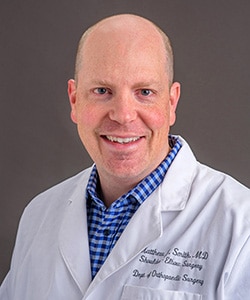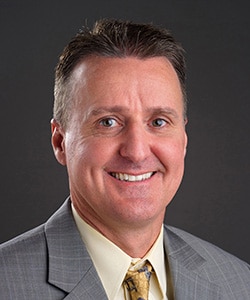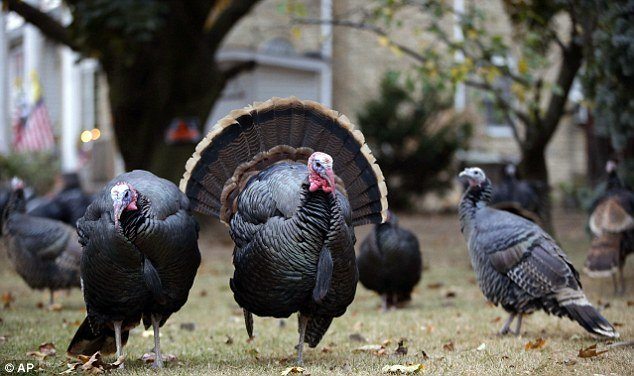This article is presented in partnership with MU Health Care.
When he was 12 years old, Tom Melgar stepped onto the steep bank of a pond and slid into a deep channel of frigid water. He didn’t know how to swim but somehow managed to make it about 50 yards across the pond. Melgar’s parents immediately enrolled him in swimming lessons.
Once he started, he didn’t want to stop. Melgar swam for his high school team, qualified for the state meet as a senior and went on to swim collegiately at Stony Brook University. Melgar, 58, is now a professor of medicine at Western Michigan University and a practicing pediatrician and internist. He continued to swim at an elite level into his 50s.
He had to stop competing because of an injured right shoulder. He originally hurt the shoulder when he took a spill playing softball about 15 years ago. His range of motion slowly deteriorated until he couldn’t lift his arm above shoulder height.
“It’s a career-ending situation for a lot of swimmers,” Melgar said.
In March 2017, Melgar was returning from his annual medical mission trip to the Amazon when he saw an advertisement at the airport
“It said, ‘BioJoint,’ ” Melgar recalled. “I didn’t know what that was, and it was on an electronic screen, so it blinked off. I just remembered the name and looked it up when I got home.”
That’s when he found MU Health Care’s Mizzou BioJoint® Center, which offers biological solutions to ankle, knee, hip and shoulder problems. Surgeons use donated cartilage and bone to restore joints. Using precision medicine—personalized treatment designed for a patient’s specific needs—the team selects grafts matched to the specific shape and size of the recipient’s joint to help the graft more seamlessly integrate into the patient’s body.
Melgar was intrigued and came to Columbia to see if the surgery would work for him. Matt Smith, MD, a surgeon who specializes in shoulders and elbows, met with Melgar. Previously, Smith had only performed these procedures to address problems such as chronic dislocation or fractures.

After peppering Smith and James Cook, DVM, PhD, the Mizzou BioJoint® Center’s director of operations and research, with questions for almost a year, Melgar decided to have surgery. In March 2018, the BioJoint team had identified a MOPS graft that matched his measurements. Developed by Cook and a team of University of Missouri researchers, MOPS—short for Missouri Osteochondral Preservation System—extends the storage life of donated tissues.

Smith performed the procedure, then Melgar began a rehabilitation processthat required patience. For the first two months after surgery, he didn’t swim at
all. For the next four months, he swam without using his right arm. Then, he gently began using his right arm on strokes.
Finally, a year after surgery, he started putting some force into his strokes. Melgar has regained almost normal range-of-motion in the shoulder. On Nov. 16, 2019 he competed in his first meet since his surgery.
“I’m not swimming in the fast lane now because I was so limited for so long,” Melgar said, “but I’ll get back there.”
Before deciding on a BioJoint procedure, it’s important for patients to discuss with their doctor the risks and benefits of surgery for their condition.
Related Posts
November 10, 1911
A flock of 200 turkeys were driven into Mountain Grove by G. W. Pool and one or two helpers. They were raised on Mr. Pool's place near Manes, 23 or 24 miles away.

